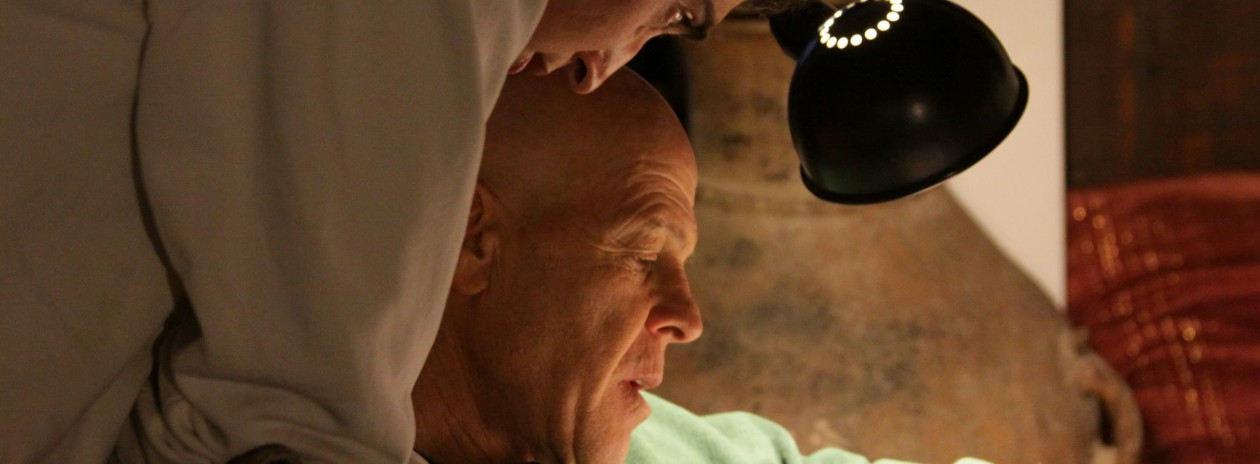This paper (co-authored with Z. Gurevitch) challenges the predominant conception of the place in traditional and modern Judaism. We argue that, not only Diaspora Jews but modern Israelis and their ancient Israelite predecessors were “never in place”.
Written By Gideon Aran
The implications of this documented thesis, buttressed by historical and phenomenological analysis, raise questions relating to the ever changing contours of the State’s borders, the discontents that inhere in the Zionist collective experience, the catch of biblical heritage and the Territories, the ironic side of the relations with the Palestinians, the façade of Jerusalem’s authenticity and the high-voltage cable that links it with Tel Aviv, the idea of the desert and the sense of local patriotism, the paradox of Jewish nativism, and the improbability of the Land of Israel as axis mundi.
This essay is regarded by many as a central piece in various discussions of Israeli culture and identity, and some paradigms elaborated there (e.g. makom gadol vs makom katan) became integral motifs in the self-understanding of Israeliness.
Though the essay was written almost twenty years ago, it seems to be still considered valid, relevant and stimulating, as indicated by the fact that not only its printing was followed by academic and public debates, but that the authors are still being invited to discuss their take on “Anthropologia Iysraelit” in various forums.
The paper has been reprinted in several editions and introduced into the reading lists of a wide range of disciplines (Sociology & Anthropology, Jewish Studies, Religious Studies, Middle Eastern Studies, Geography, Art, Architecture and Hebrew Literature) in different institutions of higher learning.
